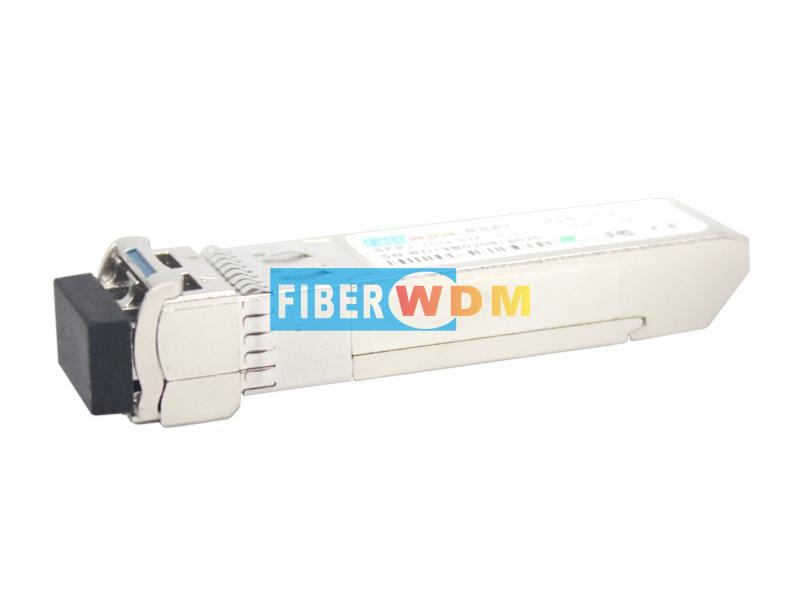What is the difference between XFP and SFP+ optical modules? Can they be connected to each other?
In optical fiber networks, 10G optical modules are widely used in schools, companies and other application environments due to their lower cost and power consumption. XFP and SFP+ are two common packaging types for 10G optical modules. Here is what is the difference between XFP and SFP+ optical modules? And can they connect to each other?
1. What is XFP optical module?
XFP is the package of 10G optical module, it is a standardized package of serial 10G optical transceiver module. The 10G XFP optical module is a hot-swappable I/O device that can be inserted into a 10G port. The electrical interface of the motherboard is a standardized 10G serial interface called XFI. It complies with 10G Fibre Channel, 10G Ethernet, SONET/OC-192 and SDH/STM-64 standards. The XFP optical module can support a transmission distance of up to 100 kilometers.
2. What is an SFP+ optical module?
The SFP+ optical module is an optical module with a transmission rate of 10G. The package type is SFP+. The optical module has significant advantages such as high density, low power consumption, and lower system construction cost. Optical transmission network, WDM wavelength division multiplexing system engineering, single-fiber bidirectional system engineering, etc. have a wide range of applications. SFP+ optical modules have multi-mode optical modules with a transmission distance of 300 meters, while single-mode optical modules can transmit up to 100 kilometers.
3. What is the difference between XFP and SFP+ optical modules?
(1) The appearance is different, and the size of SFP+ is smaller than XFP;
(2) There are differences in functions. Compared with SFP+ optical modules, XFP optical modules have signal modulation functions, serializer/deserializer, MAC, clock and data recovery (CDR), and electronic dispersion compensation (EDC) functions. Therefore, when the switch router does not integrate the above-mentioned functions on the motherboard, then XFP optical modules are needed to make up for it.
(3) Different protocols are complied with. XFP complies with XFP MSA protocol, while SFP+ complies with IEEE 802.3ae, SFF-8431, and SFF-8432 protocols.
4. Can XFP and SFP+ optical modules be connected to each other?
As long as the transmission rate, transmission distance, and wavelength are the same, they can be connected to each other by optical fiber. For example, a 10G XFP optical module with a wavelength of 1310nm and a transmission distance of 10KM can be connected to a 10G SFP+ optical module with a wavelength of 1310nm and a transmission distance of 10KM. . Although the transmission rate of optical modules on the market has risen to 200G, this does not mean that 10G optical modules will withdraw from the market. At present, 10G optical modules are still the mainstream. 10G XFP optical modules and 10G SFP+ optical modules are different in size, structure, compatibility, etc., so the two cannot be substituted for each other.
FiberWDM's broad optical transceiver product portfolio includes SFP,SFP+ and XFP series.Optimize transceiver design.Provide buyers with the best telecommunications solutions.OEM service! Interested users are welcome to come to consult!

评论
发表评论